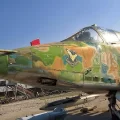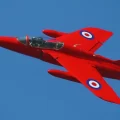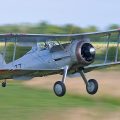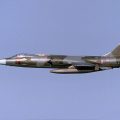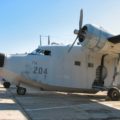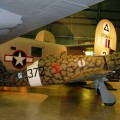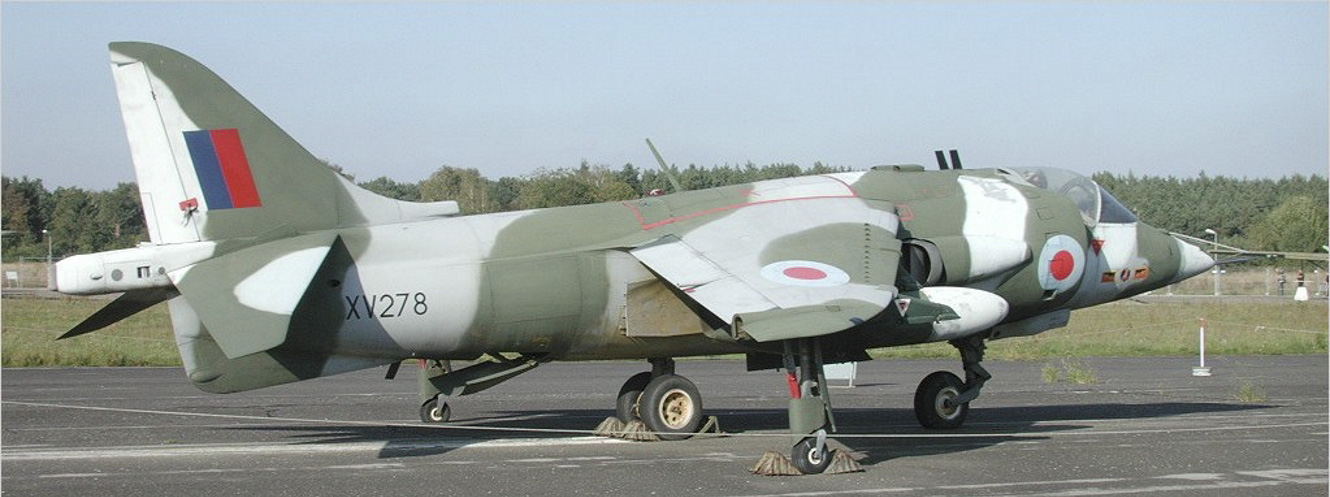
Hawker Siddeley P.1127 | |
| País | Uk |
| Tipo | Aeronave experimental V/STOL |
| Primer vuelo | 19 de noviembre de 1960 (P.1127) – 7 de marzo de 1964 (Cernícalo) |
| Construido | 6 P.1127s – 9 Cernícalos |
el Hawker P.1127 y el Hawker Siddeley Cernícalo FGA.1 son los aviones experimentales y de desarrollo que condujeron al Hawker Siddeley Harrier, el primer cazabombardero a reacción vertical y/o corto de despegue y aterrizaje (V/STOL). El desarrollo del P.1127 comenzó en 1957, aprovechando la elección de Bristol Engine Company para invertir en la creación del motor de empuje vectorial Pegasus. Las pruebas comenzaron en julio de 1960 y a finales de año el avión había logrado tanto el despegue vertical como el vuelo horizontal.
Fuente: Hawker Siddeley P.1127 en Wiki
| Hawker XV-6A Cernícalo Paseo alrededor | |
|---|---|
| Fotógrafos | Vladimir Yakubov |
| Localización | Centro Aéreo y Espacial de Virginia, Hampton, VA |
| Fotos | 106 |
Kits relacionados:
| Hawker Siddeley P.1127 Harrier Walk Around | |
|---|---|
| Fotógrafo | Burhand Donke |
| Localización | Unknow |
| Fotos | 21 |
Encuentra kits en eBay:
Ver también:
el Hawker Siddeley P.1127 was a British experimental jet aircraft developed in the late 1950s and early 1960s. It was the first aircraft to demonstrate the ability to take off and land vertically using vectored thrust from a single engine. The P.1127 was designed by Sir Sydney Camm and his team at Hawker Aircraft, with the assistance of the Bristol Engine Company and the Royal Aircraft Establishment. The P.1127 was powered by a Bristol Pegasus turbofan engine, which could rotate its four nozzles to direct the thrust either horizontally for forward flight or vertically for hovering.
The P.1127 had a conventional wing and tail configuration, but with small wingtip jets for lateral stability and control in hover mode. The P.1127 made its first tethered flight in October 1960, and its first free flight in November 1960. It underwent extensive testing and evaluation by both Hawker and the Real Fuerza Aérea, proving the feasibility and potential of vertical take-off and landing (VTOL) aircraft. The P.1127 was the precursor of the Hawker Siddeley Kestrel and the Harrier, which became the world’s first operational VTOL jet fighters.
Vistas : 1592


